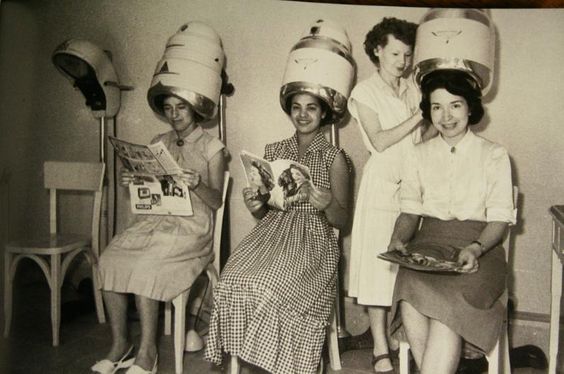Income Tax
Tax Court Sides With Hair Stylist In Hobby Loss Case
She reported gross receipts of only $325, while claiming $16,131 in expenses, consisting of $13,000 in rent, $590 of hair products, $909 for a landline phone service, $600 for website maintenance, $552 for cellphone expenses and $480 for supplies.
May. 09, 2016

To qualify for loss deductions for an activity presumed by the IRS to be a hobby, a taxpayer must operate in a business-like fashion. A new case involving the owner of a hair salon also points out the need to keep meticulous records to back up your claims (Delia, TC Memo 2016-71, 4/20/16).
First, here’s some background information. Generally, deductions for an activity treated as a hobby are limited to the amount of income from the hobby. In other words, you can’t deduct a loss from a hobby, although business losses may be deductible.
As you might imagine, the characterization of borderline activities is frequently contested in the courts, especially when there’s an element of recreation or personal enjoyment involved. The controlling test is whether the taxpayer exhibits a bona fide motive of turning a profit. Under often-cited regulations (Reg. Sec. 1.183-2(b)), nine factors are examined to determine if a profit motive exists (see below).
In addition, the IRS may impose a 20 percent accuracy-related penalty on the portion of any underpayment attributable to negligence or disregard of the regulations. “Negligence” includes the failure to keep adequate books and records or to substantiate items properly. However, this penalty may be waived if the taxpayer establishes reasonable cause or that he or she was acting in good faith.
Now, here are the facts of the new case. The taxpayer opened a hair-braiding salon in a shopping mall. She made reasonable, albeit somewhat limited, efforts to grow her business, such as taking out Yellowbook ads, creating brochures and advertising fliers and maintaining a website.
The taxpayer kept distinct business records for the salon, including spreadsheets showing income and expenses and hard copies of some expense receipts. She also maintained a separate bank account for the salon, but eventually closed that account in a cost-cutting move.
In 2011, the taxpayer started a full-time job as an event planner, but still spent most weekends at the salon in the hope of attracting walk-in customers, as well as meeting scheduled customers for weekday evening appointments. The salon had fewer than 15 customers during 2011. The taxpayer closed the salon in 2012.
The taxpayer never reported a profit from her hair salon business during the eight tax years in question. For 2011, the last year of the business, she reported gross receipts of only $325, while claiming $16,131 in expenses, consisting of $13,000 in rent, $590 of hair products, $909 for a landline phone service, $600 for website maintenance, $552 for cellphone expenses and $480 for supplies. The IRS denied the loss.
The Tax Court sided with the taxpayer. It said that she had conducted her hair-braiding business with an actual objective of making a profit and had taken reasonable steps to grow the business. The salon was not a source of great personal pleasure or recreation, nor was it a hobby.
However the Tax Court also concluded that the taxpayer was negligent in preparing her 2011 return, citing incomplete record keeping, lack of documentation and inconsistent treatment of certain items. As a result, the accuracy-related penalty must be applied to the portion of the underpayment attributable to the unsubstantiated expenses.
If you have clients in a similar situation, emphasize the need to meet the standards under the IRS regulations, as well as encouraging detailed record keeping. Prepare them to stand up to a potential IRS challenge.
Nine Factors for a Profit Motive
The regulations list the following nine factors for the courts to use in determining if the taxpayer has a profit motive:
- The manner in which the taxpayer carries on the activity.
- The expertise of the taxpayer or his or her advisers.
- The time and effort expended by the taxpayer in carrying on the activity.
- The expectation that assets used in the activity may appreciate in value.
- The success of the taxpayer in carrying on other similar or dissimilar activities.
- The taxpayer’s history of income or losses with respect to the activity.
- The amount of occasional profits, if any, which are earned by the taxpayer.
- The financial status of the taxpayer.
- Any elements of personal pleasure or recreation.
No single factor is conclusive, although the IRS may give certain factors more weight than others.
